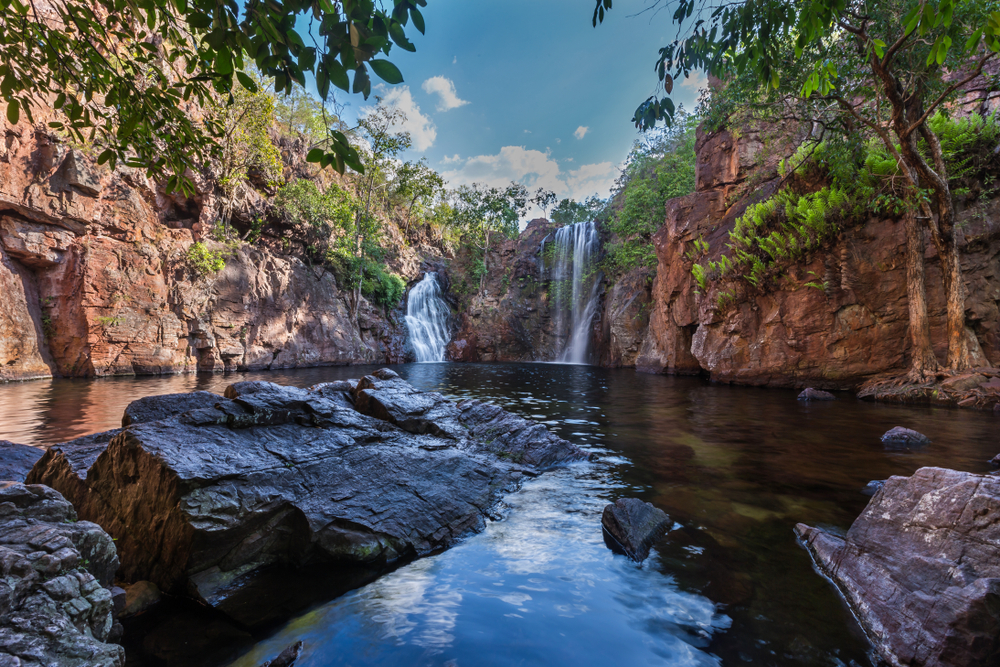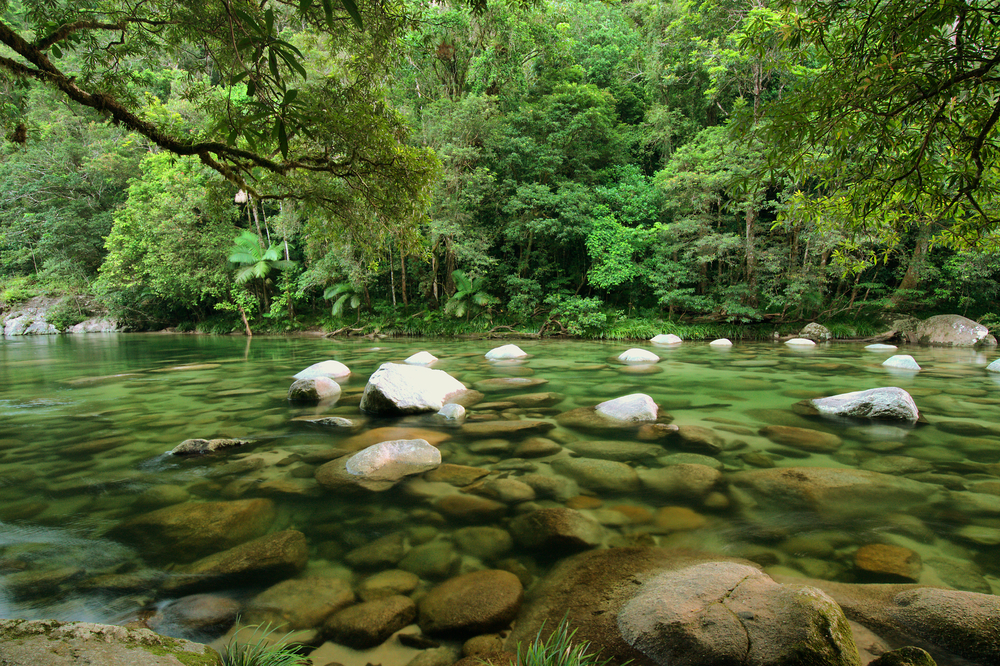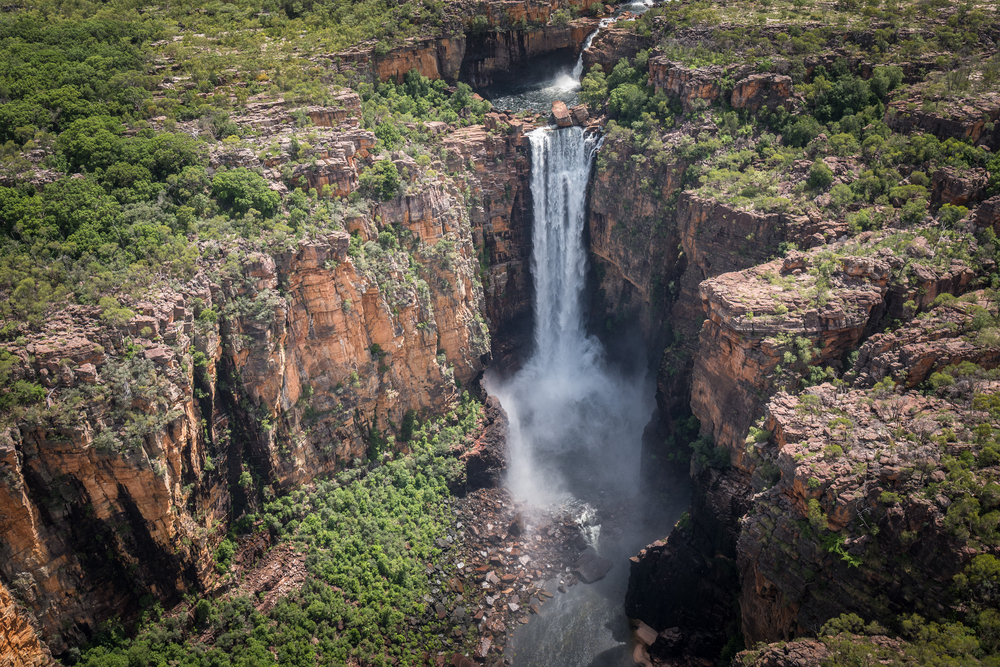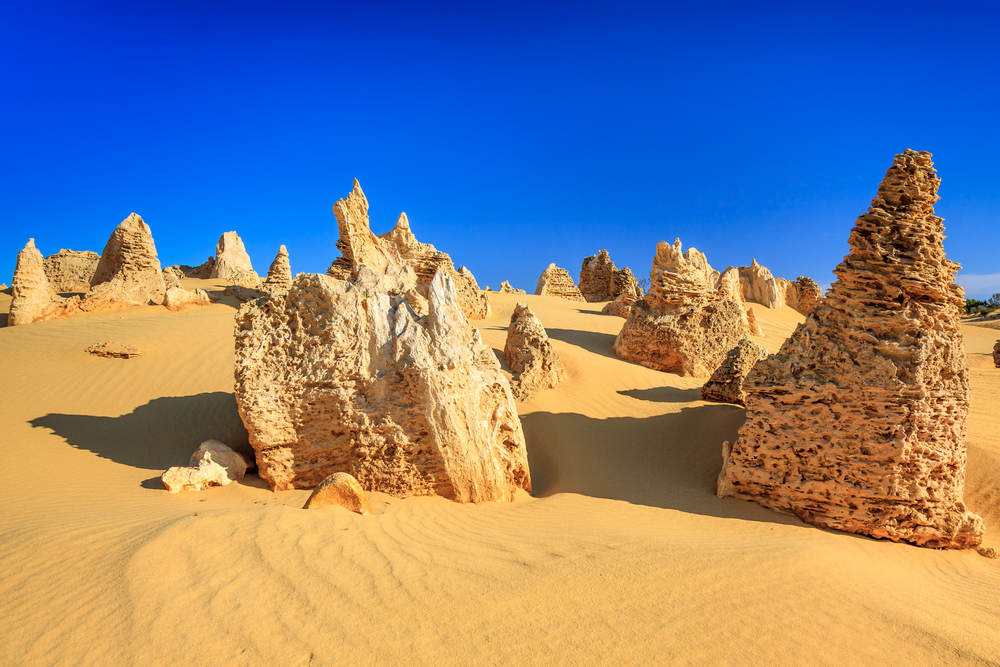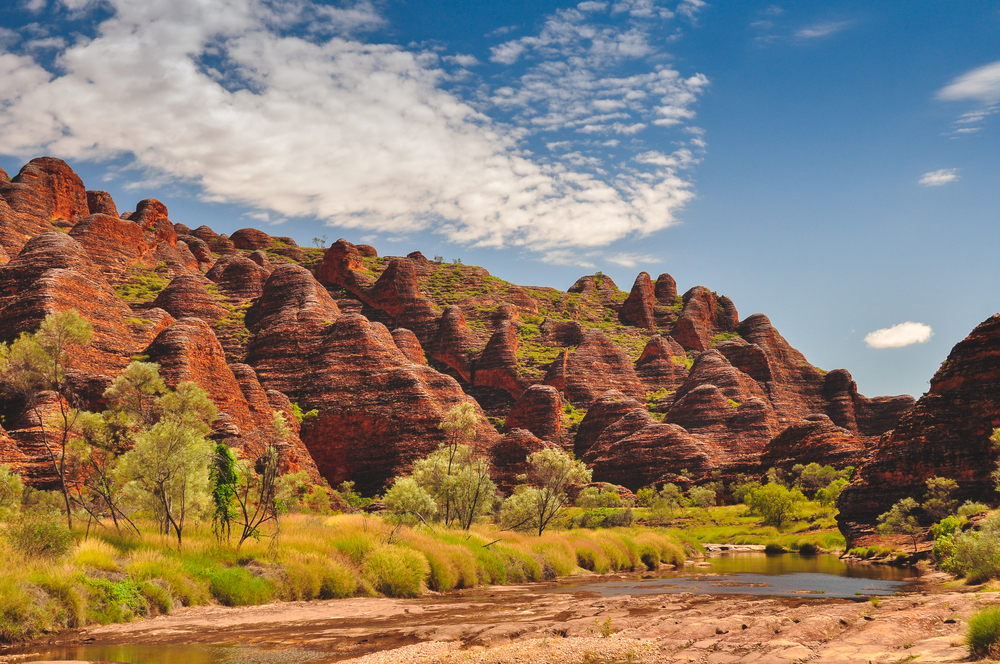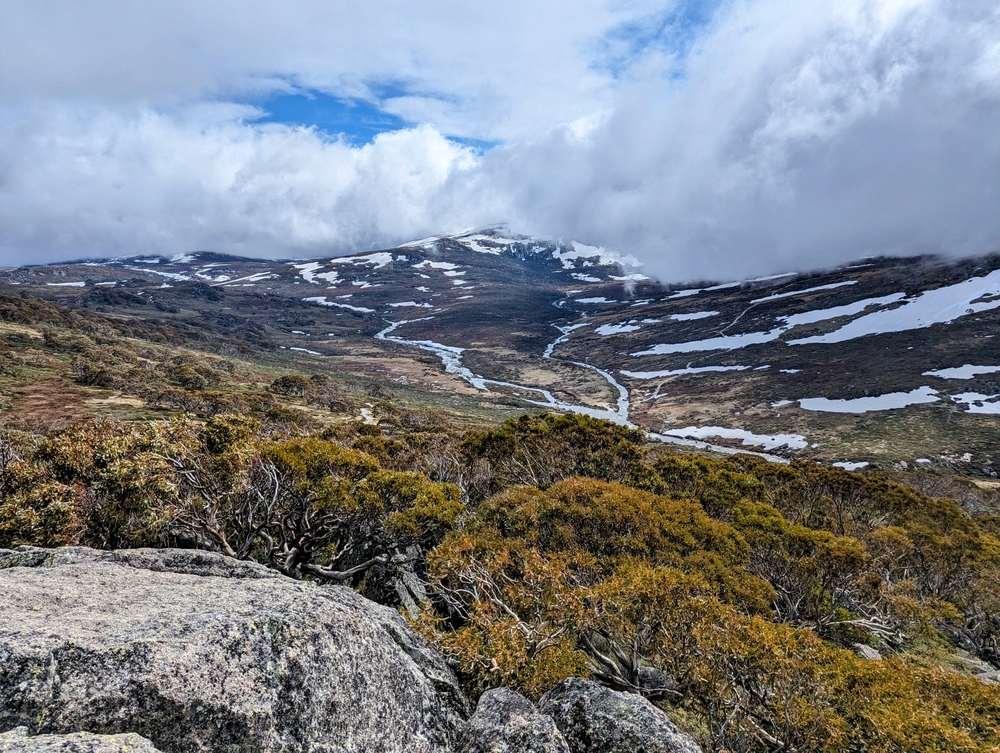Litchfield Overview
Litchfield National Park, known in the local language simply as Litchfield, is an enchanting haven situated in the heart of Australia’s Northern Territory.
Encompassing an area of approximately 580 square miles (1,500 square kilometers), this treasured park lies just a short drive southwest of Darwin, offering visitors a compact yet captivating glimpse of the region’s diverse natural splendor. The landscape is a harmonious blend of rugged escarpments, expansive open woodlands, and serene waterholes that invite exploration.
The park is celebrated for its series of spectacular waterfalls, including Florence Falls, Wangi Falls, and Tolmer Falls. Each cascade creates its own unique tableau of tumbling water and crystal-clear plunge pools, set against a backdrop of ancient rock formations and weathered sandstone cliffs.
These dramatic features are interwoven with pockets of tropical rainforest that thrive in sheltered gullies, while resilient eucalyptus groves and paperbark trees frame the open plains, together composing a vivid tapestry of textures and colors.
The terrain of Litchfield National Park is not only a visual delight but also a haven for wildlife. Visitors may observe agile wallabies leaping gracefully across sun-dappled clearings, while the air resonates with the calls of vibrant rainbow bee-eaters and the soaring silhouettes of raptors circling high above.
As dusk falls, black flying foxes emerge, and in the waterholes, keen eyes may catch sight of freshwater crocodiles, though stringent safety measures are in place to protect both the animals and park-goers. The park’s biodiversity extends to a variety of reptiles, insects, and lesser-known mammals, making it a dynamic environment for nature enthusiasts and birdwatchers alike.
Among the popular features of Litchfield are its accessible picnic areas, inviting swimming spots, and a network of bushwalking trails that reveal the park’s hidden wonders at every turn. The uniquely patterned magnetic termite mounds stand out as a geological marvel, their sculpted forms drawing the attention of photographers and curious visitors.
Engaging with the park is easy and multifaceted; one can embark on self-guided drives that traverse scenic routes, participate in guided tours that delve into the cultural and natural history of the land, or enjoy camping experiences under a vast, star-filled sky. These varied approaches provide an intimate encounter with the rich tapestry of flora, fauna, and indigenous heritage that Litchfield encapsulates.
Conservation efforts at Litchfield National Park have evolved to balance public access with the preservation of its delicate ecosystems. Challenges such as invasive species, seasonal bushfires, and the pressures of increasing tourism are actively managed through fire control programs, habitat restoration projects, and sustainable tourism practices.
These initiatives have led to notable successes in maintaining water quality and protecting native species, ensuring that the park’s ecological integrity endures for future generations. In this way, Litchfield stands as both a vibrant natural sanctuary and a model for effective environmental stewardship.








































































